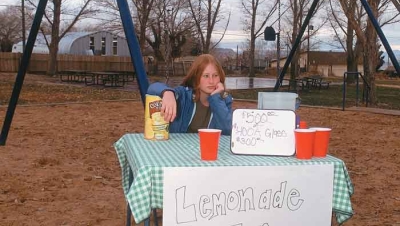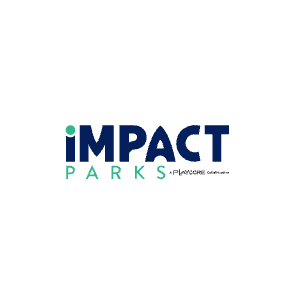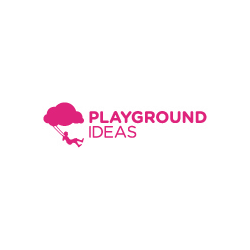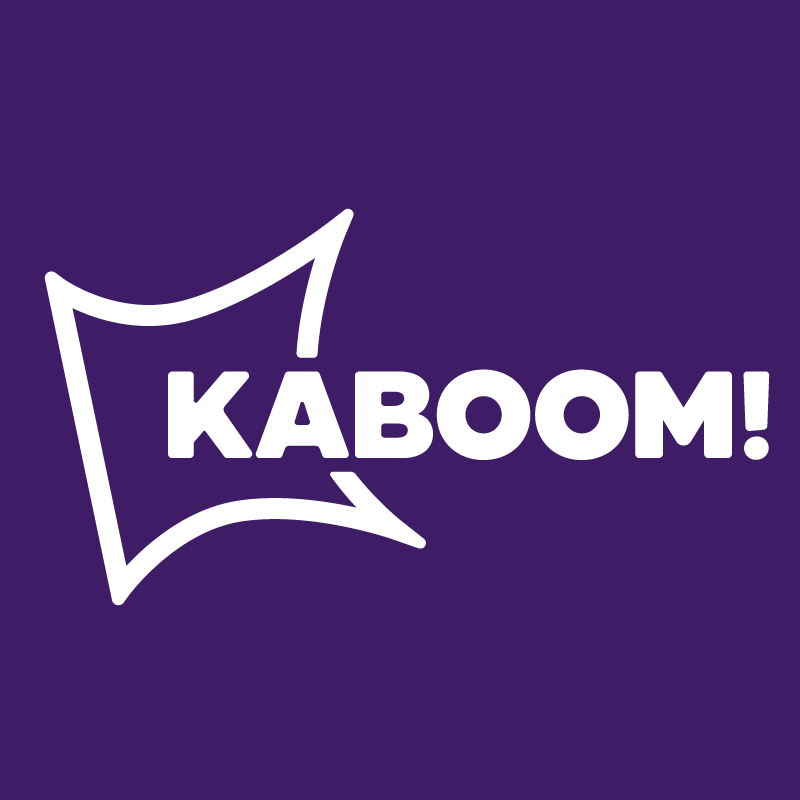You have had bake sales, sold popcorn, washed cars, hit up all the local businesses for donations and seemingly exhausted all the resources your community has to offer for funds. What do you do next to pick up the slack and help the playground build along so you can make your targeted build date? Applying for grants can be an option and there is a myriad of options available out there.
Still, you wonder where to go to get started. This really can seem daunting, but just so you know, the internet can be a help on this one. Many grants are listed under a search for “grant writing 101.” Why reinvent the wheel when you can start there? For instance, check out www.naesp.org/
ContentLoad.do?contentId=1456 for one. This particular site is the National Association of Elementary School Principals, and it seems as though an organization such as this would have “been through the fire” of grant writing, so to speak. It has information from idea to submitting the proposal. By the way, it probably seems pretty daunting to draft a formal proposal for submittal to request funding. If this is the case with your organization, there are professional grant writers out there, some may even be affiliated with your own school district or community organizations. Be sure to check with them to find out if they have a source for you. If you have an experienced writer available, all the better.
Be sure you involve all on your committee who can be of help with grammar checks and technical information as well. This means you want a diverse committee. Maybe you have early childhood educators and specialists, playground inspectors, parents, school and community officials, parks and rec representation, all who could help out with making sure you include all the technical specs and avoid the fluff. Use pertinent terms and don’t make it too wordy…just get to the point and cover it well.
Just a tip and this might seem a bit odd, but some organizations offering to fund are more concerned with what type of project you are proposing to build and all of the benefits of that project, meaning who it benefits and every way it possibly can be a help to your community, then they are about exactly how much money you are asking for; just know the specifics before you propose. If you know of someone on the decision-making board, be sure to feel this out so you know what part of the proposal needs to have the heaviest hitting information in it. All of the information requested is important, but every bit of help you can get with this matters.
One last thing to remember is not to give up if your proposal happens to be rejected. That doesn’t mean you can’t apply again. You just have to wait until the organization’s next cycle for proposal review. Sometimes there will be notes as to why the proposal was rejected. Make the changes and find out when the next cycle is for each grant you are drafting for, and don’t forget that you can apply simultaneously for several grants at once. That, of course, all depends on how many you can work on at once. Don’t overlook the seemingly small grants either, every bit helps.









Add new comment